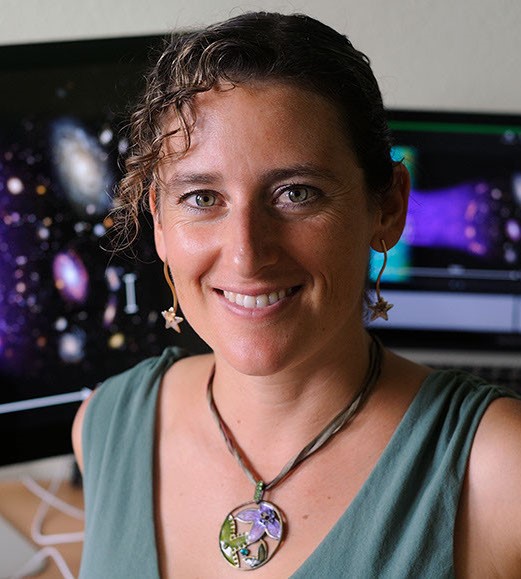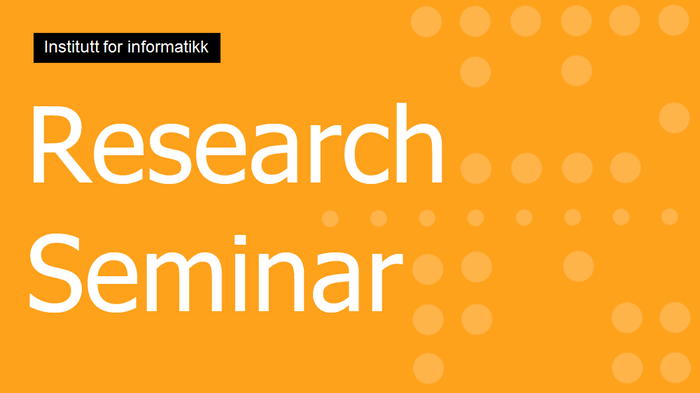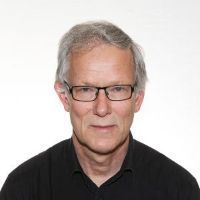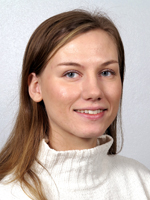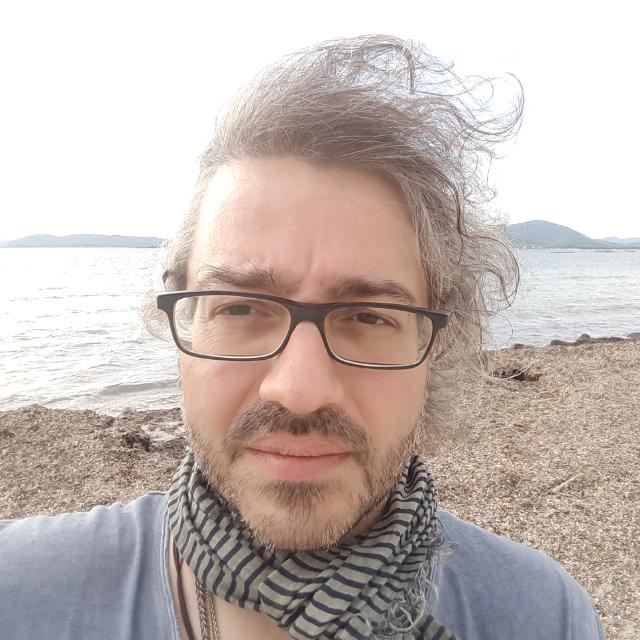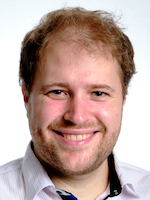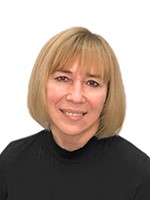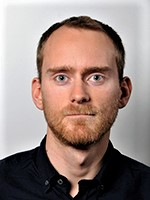Previous events - Page 37
Each spring, near the date of Svein Rosseland's birthday, the Institute of Theoretical Astrophysics invites everyone to a guest lecture by an internationally renowned astrophysicist as a remembrance for our great astrophysicist Svein Rosseland (1894-1985), founder of our institute.
Finding the Roots of Microturbulence
C*-algebra seminar talk by John Quigg (Arizona State University)
Probing the impact of UV radiation on the isotopic chemistry in the outflow of AGB stars
This topic will be presented by Håvard E. Danielsen
We invite you (once again) to a two-day seminar celebrating Professor Ørnulf Borgans many and substantial contributions to statistics in general and life event history analysis in particular.
Astrophysical Archaeology: Reviving COBE–DIRBE for Next-Generation Global Analysis
Research Seminar Series features, Lucy Suchman, Professor Emerita, Lancaster University, UK
Brain source analysis is an important tool in brain research. It is used for example during operation planning for epilepsy patients. Given EEG (electroencephalography) and MEG (magnetoencephalography) measurements the goal is to reconstruct the brain activity, i.e. the electric potential in the brain. This poses an inverse problem. It was observed in experiments, that the accuracy of the inverse problem strongly depends on the quality of the forward simulation, in particular the head model. We discuss how modern numerical methods like discontinuous Galerkin (dG) methods and cut-cell techniques can increase the robustness of the forward problem and simplify the overall workflow. Hardware-oriented design of numerical methods allows for improved speed of the inverse simulation by making use of modern hardware resources. In order to compute the forward problem efficiently, we propose an algebraic multigrid solver for cut-cell dG methods. We introduce the challenges of EEG/MEG inverse modeling and discuss how different parts of the problem can be improved using modern numerical methods.
Hybrid format via Zoom possible on demand (contact timokoch at uio.no)
The talk will start at ca. 13:00 right after the talk by Andrea Bressan.
Welcome to our GEOHYD Lunch Seminar Friday 10th of May @ 12:15 in Aud. 2, Geology building or via videolink using Zoom. The seminar is helt by Diarmuid Corr, Lancaster University.
Abstract: Many constructions have been proposed to attain adaptivity within the IGA framework (HB-, T-, LR-splines among others).
The idea of all approaches is to break the tensor product structure of the space in order to allow a spatially varying resolution.
Here we present an approach for adaptivity in IGA aimed at solving PDEs with preconditioned Krylov methods.
All the main ingredients of this work are already known, but their combination looks promising for the
development of isogeometric solvers with a good balance of flexibility and computational efficiency.
Hybrid format via Zoom possible on demand (contact timokoch at uio.no)
Doctoral candidate Gerd Marie Eskerud Harris at the Department of Pharmacy, Faculty of Mathematics and Natural Sciences, is defending the thesis "Migraine pharmacotherapy during pregnancy: Utilization patterns and associations with child neurodevelopment" for the degree of Philosophiae Doctor.
Cristian Vignali, Physics and Astronomy Department, Bologna University (Italy)
Is it difficult to set aside time to write? The Academic Writing Centre arranges joint, structured “Shut Up & Write” sessions.
Is it difficult to set aside time to write? The Academic Writing Centre arranges joint, structured “Shut Up & Write” sessions.
Doctoral candidate Andreas Nakkerud at the Department of Mathematics will be defending the thesis Integer Programming Approaches for Real-Time Traffic Management for the degree of Philosophiae Doctor.
C*-algebra seminar talk by Guillaume Aubrun (Université Claude Bernard Lyon 1)
Title: Atmospheric circulation compounds anthropogenic warming and its impacts in Europe
Speaker: Davide Faranda, Laboratoire des Sciences du Climat et de L'Environnement, Paris Saclay
The multi-phase baryon cycle in a local infrared-luminous galaxy merger
C*-algebra seminar talk by Alistair Miller (Queen Mary University of London)
Fast generation of realistic SZ maps using machine learning methods
Msc. Morten Ledum at the Department of Chemistry, Faculty of Mathematics and Natural Sciences, is defending the thesis « Hamiltonian hybrid particle-field method for biological soft matter: Efficient simulation and machine learning approaches » for the degree of Philosophiae Doctor.
Abstract: Dynamic Contact Lines are moving lines at which two fluids (eg air and water) and a solid meet. They offer longstanding paradoxes in the theory of continuum mechanics. I describe some aspects of their computation: a curtain-coating numerical experiment, a withdrawing plate, and a droplet between parallel plates. All computations are done using Volume-Of-Fluid methods on octree grids, and comparisons with phase field and molecular dynamics approaches performed in collaboration with KTH, Stockholm.
Hybrid format via Zoom possible on demand (contact timokoch at uio.no)
